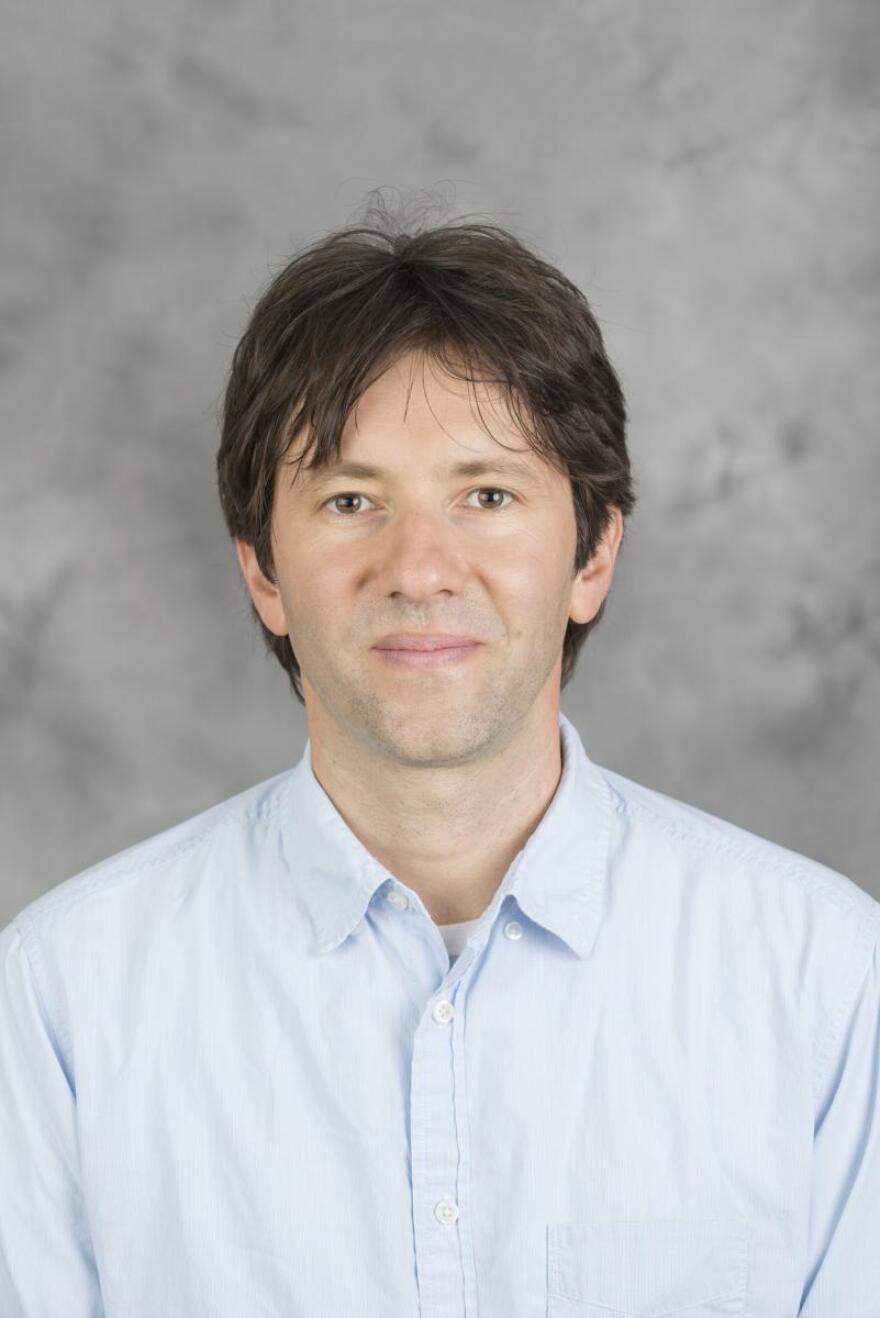The long-awaited arrival of spring means the return of butterflies to the Piedmont. But the monarch butterflies' 2,000-mile migration has yet to begin.
In September, these large, brightly-colored insects with orange, black and white markings will pass through North Carolina on their way to Mexico.
Meanwhile, scientists in Winston-Salem are busy at work studying why the monarch population is dwindling. Leading the charge are Drs. Nick Hristov and Louise Allen of Winston-Salem State University. They're being aided in their research by a system called Light Detection and Ranging, otherwise known as LiDAR.
This remote sensing technology first developed in the 1960s uses light in the form of a pulsed laser to measure distances to the earth and is commonly used by surveyors to map topography. But Hristov and Allen are among the first to use this remote sensing tool to estimate wildlife populations, and most recently, to "map" monarchs.
They do so by scanning two scenes of a habitat - one with monarchs and one without. The laser technology captures the difference between the two. And Hristov says researches can use that information to accurately represent the number of insects there.

“There's many of them. They're tiny. They fly in complicated ways and pretty much push every technical capability that we have,” says Hristov.
LiDAR is uniquely suited for capturing three-dimensional data—like thousands of butterflies clinging to a tree trunk—quickly and very accurately. But processing the data requires a team effort, says Dr. Louise Allen.
"There's a lot of math and modeling that go on behind the scenes," says Allen. "We have an excellent animator and digital expert who has actually been modeling our monarchs for us. [They] model a trunk of a tree that's filled with monarchs, and he'll put a thousand, two-thousand, three-thousand [monarchs] or more in there, so we can then compare it to what we actually have scanned."
About 20 years ago, nearly one billion monarchs made the southern trek. In 2015, that number dropped to 150 million. Hristov hopes the information gives scientists a glimpse into whether interventions on behalf of the monarchs are working, or not.
“Without being able to quantify that change,” says Hristov, “you're really just hoping for the best.”

